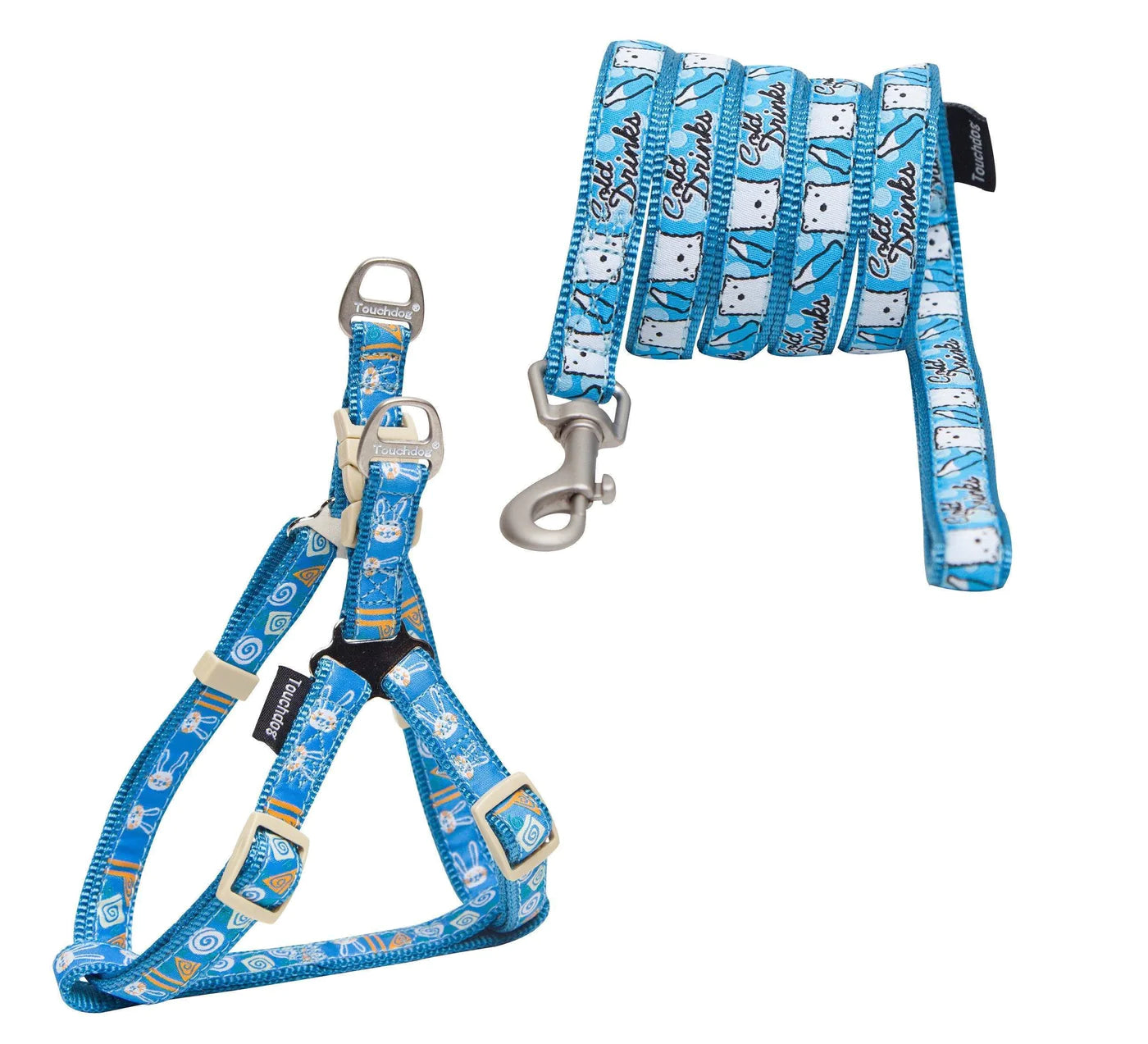
How to Choose the Right Pet Collar for Your Pet
Owning a pet brings joy, companionship, and unconditional love. As responsible pet owners, we want the best for our furry friends. Among the many decisions you'll make as a pet owner, choosing the right pet collar is crucial for their safety, comfort, and identification. A pet collar can serve multiple purposes — from holding ID tags and facilitating leash attachment to providing visibility during nighttime walks. But with the vast array of options available, how do you ensure that you're picking the best one? This blog will take you through the factors to consider when purchasing the right collar for your pet.
Size and FitDetermining the correct size of the pet collar is paramount. A collar that is too tight can be very uncomfortable or even harmful, whereas one that's too loose can easily slip off.
- Measuring Neck Size: Use a soft measuring tape to measure around the base of your pet's neck, ensuring you can fit two fingers comfortably between the collar and the neck. This space ensures that the collar isn't too tight but remains secure.
- Adjustability: Opt for adjustable collars. As your pet grows or gains/loses weight, adjustability will ensure a good fit throughout their life stages.
- Material
The material of the pet collar influences durability, comfort, and appearance.
- Nylon: This is a popular choice due to its strength and versatility. Nylon collars are available in various colors and designs. They are also relatively affordable and are suitable for pets that are water-loving as they dry quickly.
- Leather: Leather collars exude a classic appearance. They are durable, comfortable, and often become softer and more flexible with time. However, they might require more maintenance to prevent them from drying out or cracking.
- Reflective or Illuminated: For pets who often go out during low-light conditions, collars made of reflective material or embedded with LED lights can increase visibility, ensuring safety during evening walks.
- Purpose
Not all pet collars serve the same purpose. Some are designed for training, while others are for fashion or basic identification.
- Training Collars: These are designed to assist in training and correcting undesirable behaviors. Examples include choke chains, prong collars, and electronic collars. It's crucial to use these collars with caution and ideally under the guidance of a professional to avoid causing harm or distress.
- Breakaway Collars: Especially useful for cats that might roam outdoors, these collars automatically release if they get caught, preventing strangulation.
- Fashion Collars: These are purely for aesthetics. They come in various designs, colors, and materials to match your pet's personality or special occasions.
- Attachment Points and Hardware
The pet collar should have robust hardware, like D-rings for leash and tag attachment. Ensure these are made of rust-resistant metal, such as stainless steel, for durability.
- Identification
Every pet collar should have an ID tag with vital information. Some collars come with built-in ID plates. The tag should contain the pet's name, your phone number, and any medical needs. This increases the chances of a safe return should they get lost.
- Safety Features
Apart from the previously mentioned reflective or illuminated materials, consider other safety features, such as:
- Quick-release buckles: This allows for a swift removal in emergencies.
- Elastic inserts: Common in cat collars, they allow the collar to stretch if caught, preventing choking.
- Comfort and Allergies
Choose a pet collar with padded interiors or softer materials if your pet has sensitive skin. Also, monitor for any signs of allergic reactions, such as rashes or itching, especially if the collar is made of synthetic materials or has been treated with chemicals.
- Maintenance and Cleaning
Your pet's collar can accumulate dirt, sweat, and oils over time. Depending on the material, certain collars might require specific cleaning methods. While nylon collars can often be machine-washed, leather ones may need specialized cleaning products.
- Budget
Finally, while it's tempting to splurge on a designer pet collar, remember that functionality and comfort should be your primary concern. There are many affordable options that are durable, safe, and comfortable.
Conclusion
Selecting the right pet collar for your beloved animal companion is not merely a matter of fashion or aesthetics. It's about ensuring their safety, comfort, and well-being. By considering the factors highlighted in this guide, you can be confident in making an informed choice that best suits your pet's needs and lifestyle.
- Choosing a selection results in a full page refresh.












